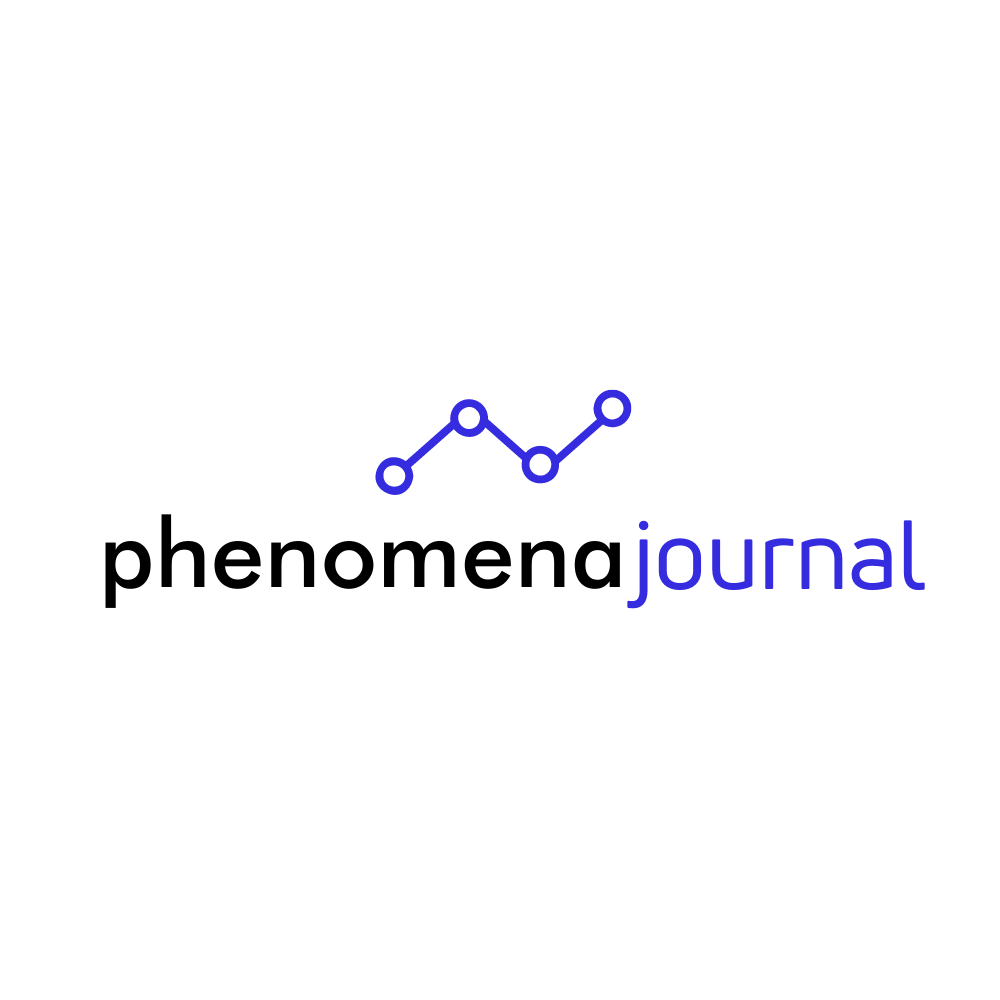Autism, psychosis and eating disorders, between psychiatric comorbidity and differential diagnosis: a mini review

Published 2023-12-04
Keywords
- autism,
- psychosis,
- personality disorders,
- eating disorders
How to Cite
Copyright (c) 2023 Simona Durante, Angela Ammendola, Francesco Marino, Salvatore Di Donna, Flavia Morfini

This work is licensed under a Creative Commons Attribution-NonCommercial 4.0 International License.
Abstract
From a thorough examination of the scientific literature in recent years, it emerges in the diagnostic/clinical and psychotherapeutic landscape that the overlap of symptoms between autism spectrum disorder and other psychopathologies represents a barrier from the diagnosis stage. Autism spectrum disorders have several comorbidities, which not only make the diagnostic process challenging but also require further investigation to ensure accurate and targeted interventions. In this paper, the authors examine the differential diagnosis and psychiatric comorbidity with level 1 autism in adulthood of two clinical conditions: psychosis and eating disorders. Psychotic symptoms can indeed be confused with autistic symptoms, just as the reverse can occur. Similarly, selective eating and sensory aversion, which are common symptoms in autism, overlap with a diagnosis of Avoidant Restrictive Food Intake Disorder, as well as pose a threat in the treatment of Anorexia Nervosa in patients with autism. All of this represents a challenge for diagnosis and treatment. Many authors emphasize the need for ongoing research into the causes of comorbidities, as well as the development of new therapies for effective treatments. The objective of this article is to provide a review of the scientific literature on this subject with a focus on adult individuals. All of this represents a challenge for diagnosis and treatment: many authors highlight, for this reason, the need for ongoing research on the causes of comorbidities as well as the development of new therapies for effective treatments. The objective of this article is to produce a review of the scientific literature on the subject with reference to adult individuals. The aim is to lay the groundwork for the development of an assessment protocol that identifies the variables that differentiate the presence of level 1 autism disorder from an eating disorder and psychosis. Through this protocol, it is hoped to improve the accuracy and specificity of diagnoses for these conditions and facilitate the implementation of targeted interventions.
References
- Baron Cohen, S. (1997). L' autismo e la lettura della mente. Astrolabio Ubaldini
- APA. (2013). Manuale statistico e diagnostico dei disturbi mentali. DSM 5.
- Gillberg, C. (1983). Are autism and anorexia nervosa related? Br J Psychiatry.142:428. doi: 10.1192/bjp.142.4.428b.
- Liberati, A., Altman, D., G., Tetzlaff, J., Mulrow, C., Gøtzsche, P., C., Ioannidis, J., P., A., Clarke, M., Devereaux, P., Kleijnen, J., Moher, D. (2021). The PRISMA statement for reporting systematic reviews and meta-analyses of studies that evaluate healthcare interventions: explanation and elaboration. National Library of Medicine
- Galluzzo, A., Carpi, E., & A., I disturbi cognitivi nella schizofrenia. Springer Link
- Trevisan, D., A., Foss-Feig, j., H., Naples, A., J., Srihari, V., Anticevic, A., McPartland, J., C. (2020). Autism Spectrum Disorder and Schizophrenia Are Better Differentiated by Positive Symptoms Than Negative Symptoms
- Kinnaird, E., Norton, C. & Tchanturia, K. (2017). Clinicians’ views on working with anorexia nervosa and autism spectrum disorder comorbidity: a qualitative study. BMC Psychiatry 17, 292. doi:10.1186/s12888-017-1455-3
- Farag, F., Sims, A., Strudwick, K., Carrasco, J., Waters, A., Ford, V., Hopkins, J., Whitlingum, G., Absoud, M., Kelly, V.B. (2021). Avoidant/restrictive food intake disorder and autism spectrum disorder: Clinical implications for assessment and management. Dev. Med. Child Neurol. 64, 176–182.
- https://www.ilariaortolani.it/site/index.php/pubblicazioni
- Penzo, A., Scalini, L. (2017). Psicologia Dinamica. Goldstein: la Teoria Organismica. Psichepedia Network
- Kokurkan, A., Atbasoglu, E., C. (2015).Differential Diagnosis of Schizophrenia: Psychotic Symptoms in Neurodevelopmental Disorders and Psychotic Disorders due to other Medical Conditions
- Konstantareas, M., M., Hewitt, T. (2001). Autistic disorder and schizophrenia: diagnostic overlaps. National Library of Medicine
- Huke, V., Turk, J., Saeidi, S., Kent, A., Morgan, J. F. (2013). Autism spectrum disorders in eating disorder populations: a systematic review. Eur. Eat. Disord. Rev. 21, 345–351. doi: 10.1002/erv.2244
